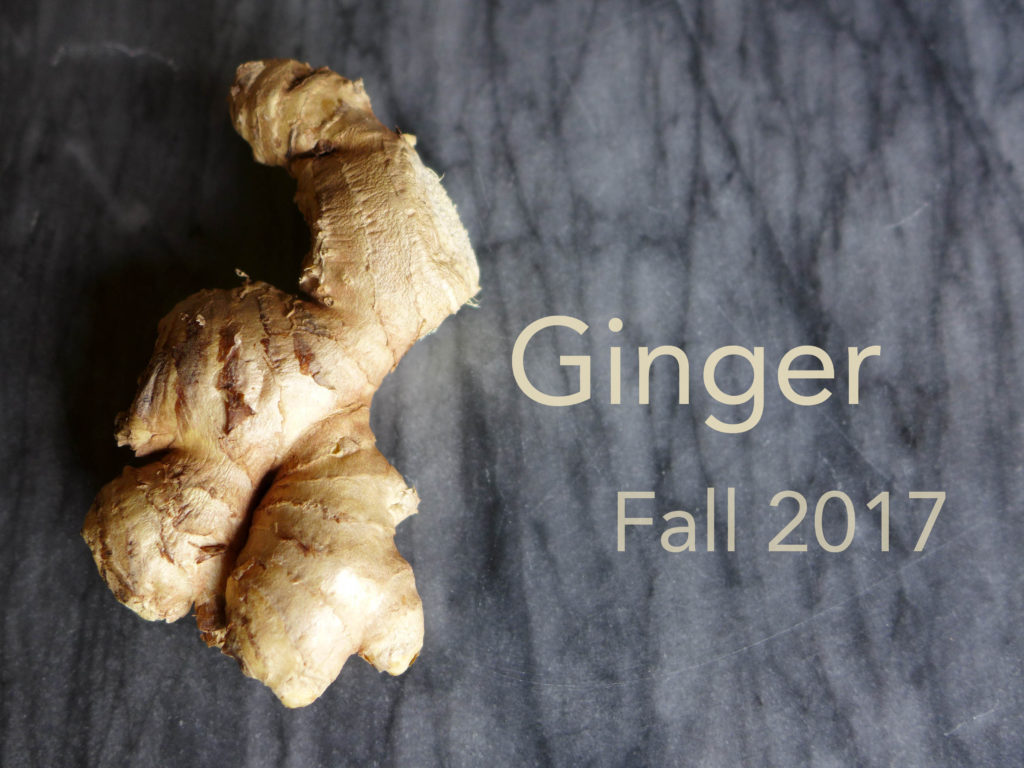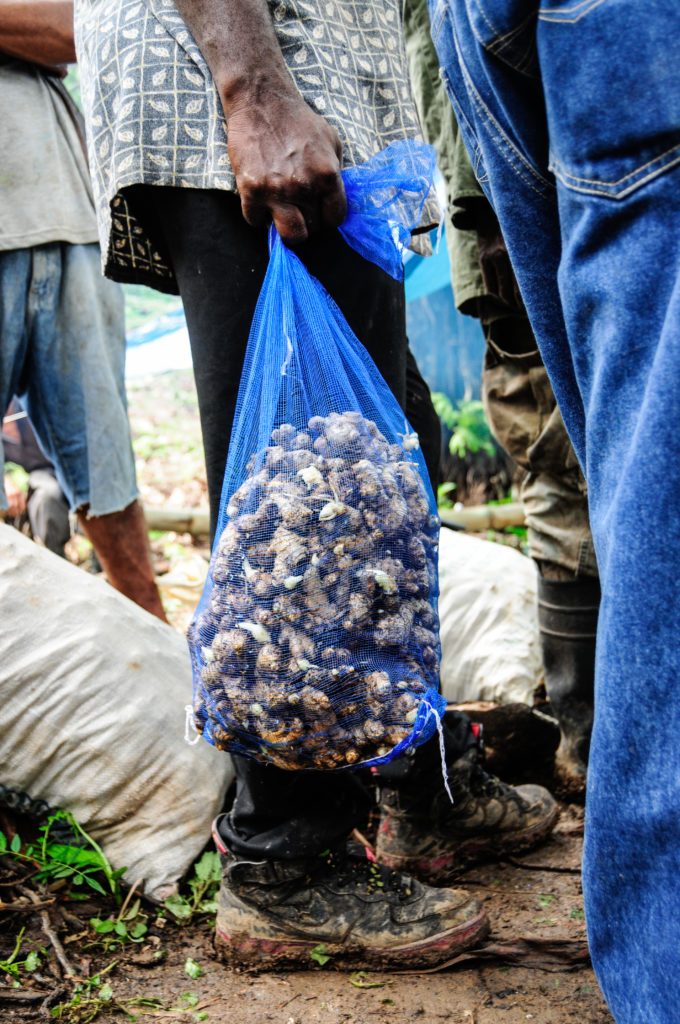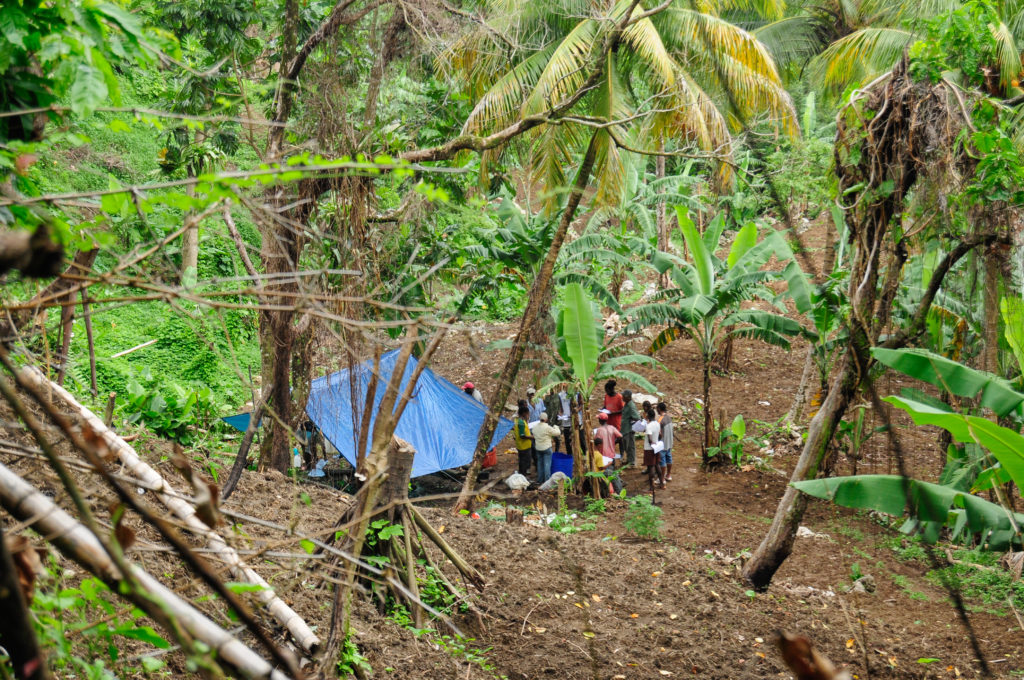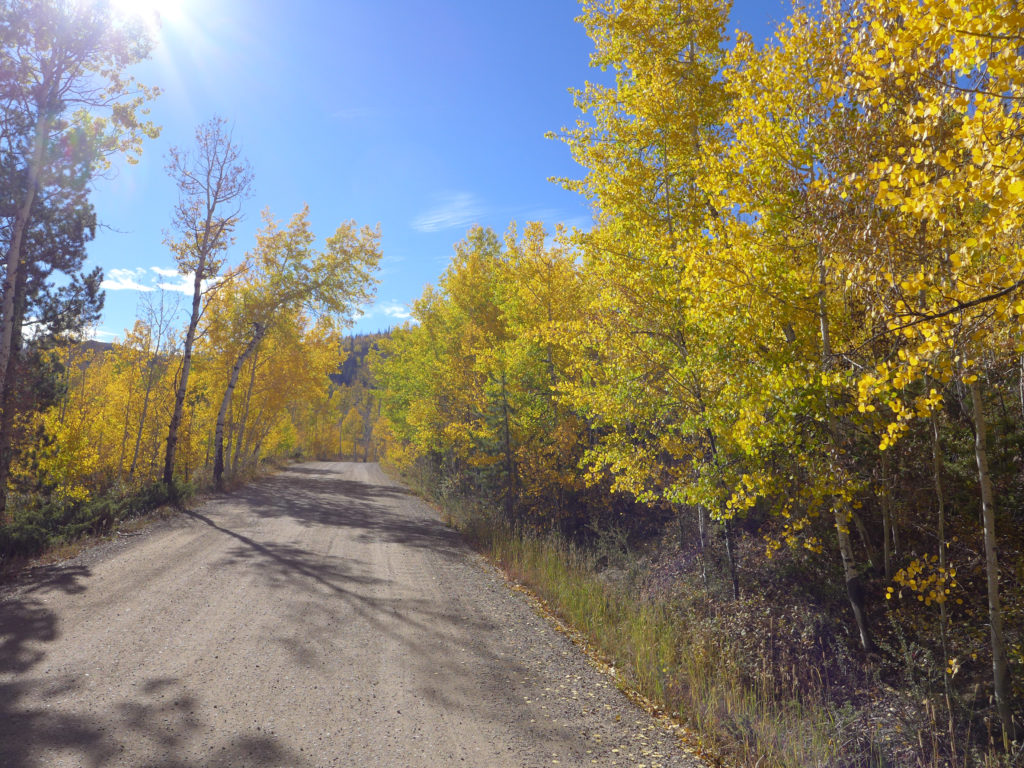Every season we like to pick one ingredient and find a variety of ways to love it and use it. You can find our complete ingredient archive here.
Ginger is our ingredient of the season this fall, and we’re already feeling the warm fuzzies. If you’re a ginger fan, then you know what we mean: that warm feeling and bit of spice that hits your tongue, then travels to the back of your throat and makes its way to your stomach when you sip on a hot mug of ginger tea. Can you feel it too? But we’re not biased, we love ginger in all of its forms, whether it’s baked into a cookie, used to spice up a curry, or sipped in a cocktail.

Throughout the fall we hope to experiment with new uses for ginger in the kitchen and around the house. Along the way, we’ll use ginger in all of its forms, from raw to candied, and pickled to brewed.
The photos throughout this post were taken by Sarah when she was working closely with ginger farmers in Jamaica.

Biology
The ginger plant is an herbaceous perennial, growing 3-4 feet tall with slender green leaves and yellow flowers that bloom from white to pink buds. These characteristics make it a lovely plant that is commonly grown in flower gardens in warm climates. Ginger is a member of the Zingiberaceae family along with turmeric, cardamom, and galangal (popular in Thai cuisine).
Even though we often refer to ginger as “ginger root”, from a biological perspective, we aren’t actually using the root! It’s the rhizome, or underground stem, of the plant that is harvested for consumption. Both roots and shoots grow out from these rhizomes to produce new plants.

Ginger History
Ginger dates back over 3,000 years to the Sanskrit srngaveram meaning “horn root” in reference to its appearance. In Greek it was ziggiberis, in Latin, zinziberi, and in Middle English, gingivere, which is why in English we know it as Ginger.
It is believed to have originated from the Indian subcontinent since the ginger plants in that region contains the largest degree of genetic diversity. Sharing a history similar to many spice originating in Asia, ginger made its way to Europe via the spice trade being exported to Ancient Rome from India.
Ginger Production
The top ginger producers include China, India, and Nepal. As well as Asia, ginger is quite popular in the Caribbean Islands. Ginger grows easily in these lush tropical climates.
When Sarah visited Jamaica in 2009 & 2010, she worked closely with ginger farmers on education, prevention, and remediation of common root diseases.
Uses for Ginger
The use of ginger in cooking varies from one culture to another. Throughout Asia, it is common to see ginger used in a wide variety of savory dishes, whereas in Western cultures, it is much more common to see ginger used in desserts, particularly baked goods. In India ginger is a popular ingredient in Ayurvedic medicine. Then there’s the Jamaicans, who we will be forever thankful to for brewing their ginger into non-alcoholic ginger beers. And you can thank the Japanese for that side of pickled ginger that comes with sushi.
We’re excited to explore this wide range of uses throughout the season, and we hope you’ll enjoy the ride!


